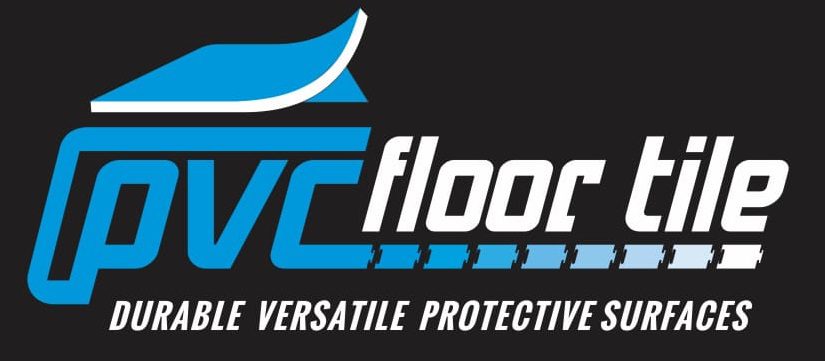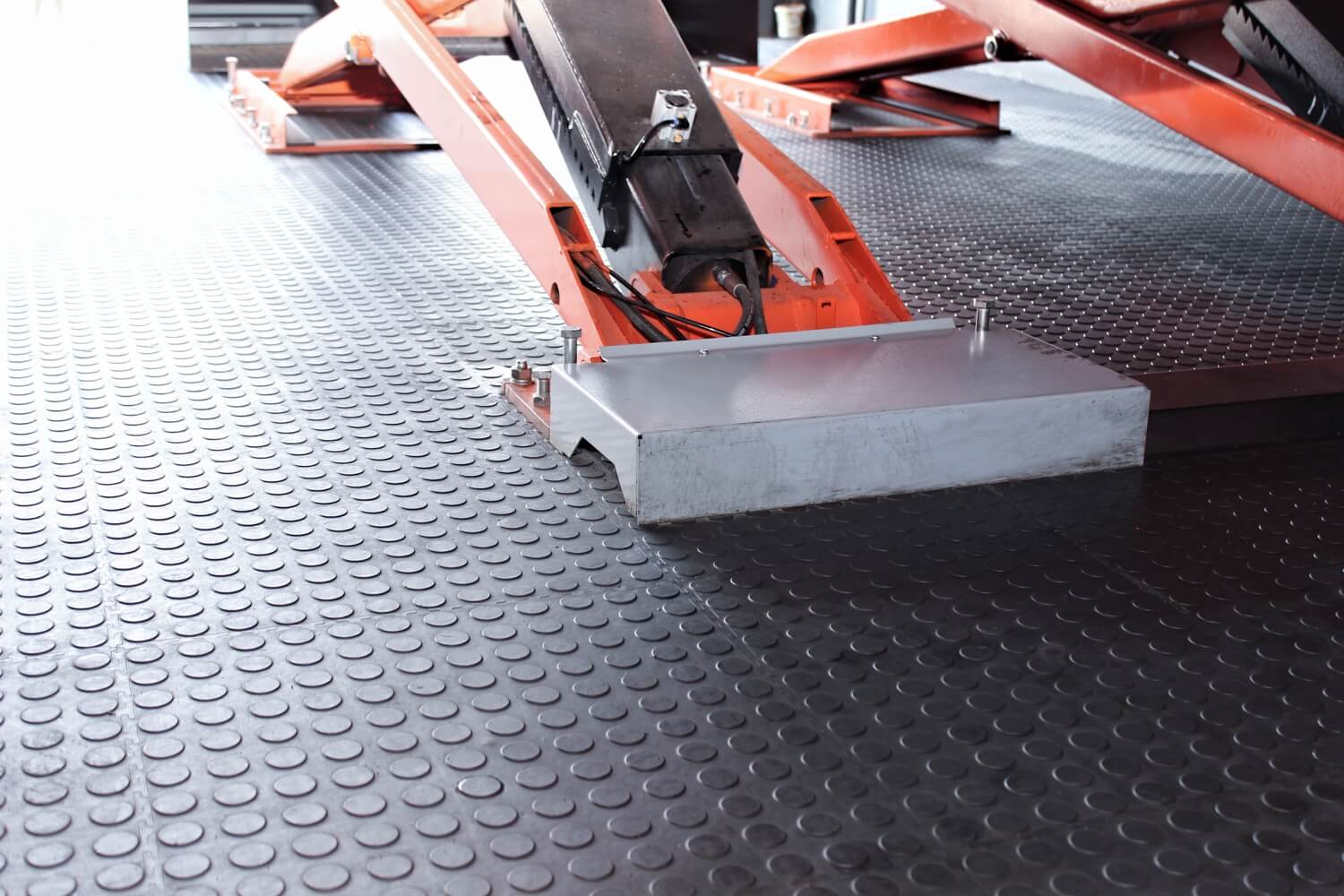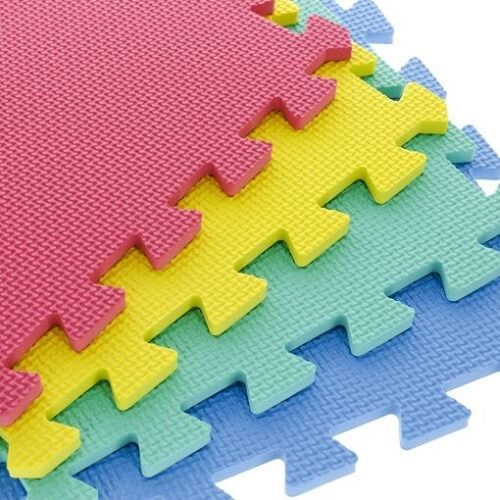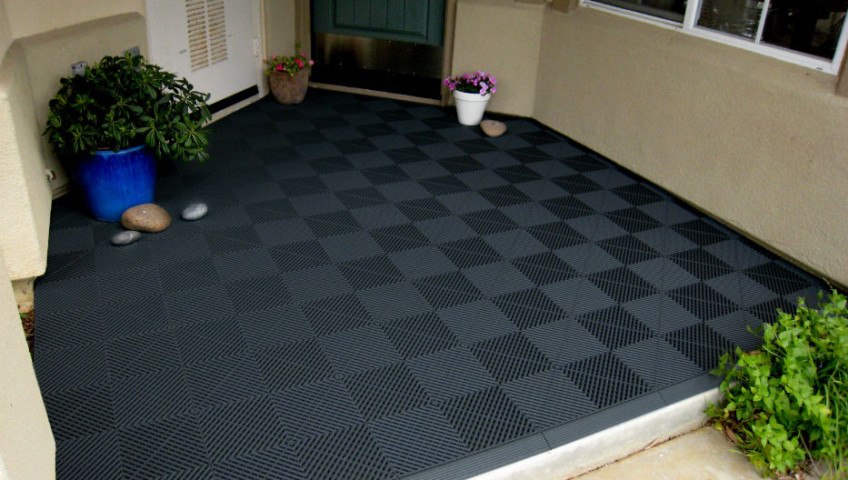
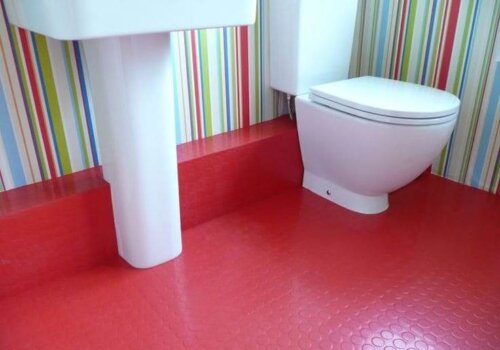
How various floor tiles are installed and maintained
Choosing the right type of floor tiles is crucial for achieving a functional and aesthetically pleasing space. However, proper installation and maintenance are equally important to ensure the longevity and durability of your flooring investment.
In this article, we will delve into the specific installation and maintenance requirements for five common types of floor tiles: porcelain, ceramic, rubber, PVC, and epoxy.
1. Porcelain Floor Tiles:
Porcelain tiles are highly durable and resistant to moisture, making them suitable for both indoor and outdoor applications. Here’s how to install and maintain them:
Installation:
– Begin by preparing the subfloor, ensuring it is clean, level, and free of any cracks or debris.
– Apply a layer of thin-set mortar on the subfloor using a notched trowel, ensuring even coverage.
– Place the porcelain tiles onto the mortar, using spacers to maintain consistent grout lines.
– Once the tiles are set, allow them to dry for at least 24 hours before proceeding to grouting.
Maintenance:
– Regularly sweep or vacuum the floor to remove dirt and debris.
– Clean porcelain tiles with a mild detergent and warm water, using a soft mop or cloth.
– Avoid using abrasive cleaners or tools that can scratch the surface.
– Periodically apply a penetrating sealer to protect the tiles from staining and maintain their original appearance.
2. Ceramic Floor Tiles:
Ceramic tiles are popular for their versatility and affordability. Follow these guidelines for installation and maintenance:
Installation:
– Prepare the subfloor, ensuring it is dry, clean, and level.
– Apply mortar or a tile adhesive to the subfloor, using a notched trowel to create ridges for better adhesion.
– Place the ceramic tiles onto the adhesive, pressing firmly to ensure a secure bond.
– Allow the tiles to set for 24 hours before grouting.
Maintenance:
– Sweep or vacuum regularly to remove dirt and debris.
– Clean ceramic tiles with a pH-neutral cleaner and a soft mop or cloth.
– Avoid using harsh chemicals or abrasive materials that can damage the surface.
– Apply a ceramic tile sealer every few years to enhance durability and protect against stains.
3. Rubber Floor Tiles:
Rubber tiles are known for their shock-absorbing properties, making them ideal for gyms, playrooms, and high-traffic areas. Here’s how to install and maintain them:
Installation:
– Ensure that the subfloor is clean, dry, and level.
– Apply a rubber adhesive or double-sided tape to the subfloor, following the manufacturer’s instructions.
– Align the rubber tiles carefully, pressing them firmly into place.
– Use a roller to ensure proper adhesion and remove any air bubbles.
Maintenance:
– Regularly sweep or vacuum to remove dirt and debris.
– Clean rubber tiles with a mild detergent and warm water, using a damp mop or cloth.
– Avoid using harsh chemicals or abrasive cleaners that can damage the rubber.
– Apply a rubber floor conditioner periodically to maintain its elasticity and prevent cracking.
4. PVC Floor Tiles:
PVC tiles are popular for their durability, affordability, and ease of installation. Follow these steps for proper installation and maintenance:
Installation:
– Prepare the subfloor, ensuring it is clean, dry, and level.
– Apply PVC adhesive or double-sided tape to the subfloor, following the manufacturer’s instructions.
– Place the PVC tiles onto the adhesive, pressing firmly to ensure proper bonding.
– Use a roller or a rubber mallet to ensure even adhesion and remove any air pockets.
Maintenance:
– Regularly sweep or vacuum to remove dirt and debris.
– Clean PVC tiles with a mild detergent and warm water, using a soft mop or cloth.
– Avoid using abrasive cleaners that can damage the surface.
– Apply a PVC floor polish or conditioner occasionally to enhance its shine and protect against wear.
5. Epoxy Floor Tiles:
Epoxy tiles are known for their durability, chemical resistance, and seamless finish. Here’s how to install and maintain them:
Installation:
– Prepare the subfloor, ensuring it is dry, clean, and level.
– Mix the epoxy resin and hardener according to the manufacturer’s instructions.
– Pour the mixture onto the subfloor and spread it evenly using a notched trowel or squeegee.
– Allow the epoxy to cure for the recommended time before walking on it or applying a topcoat.
Maintenance:
– Regularly sweep or dust mop to remove dirt and debris.
– Clean epoxy tiles with a pH-neutral cleaner and warm water, using a soft mop or cloth.
– Avoid using abrasive materials or harsh chemicals that can damage the surface.
– Apply a clear epoxy topcoat every few years to protect the surface and enhance its appearance.
When choosing floor tiles for your home, it’s important to think about both looks and practicality. Using tiles in floor options lets you match the right tiles to each room’s needs. For wet areas like kitchens and bathrooms, porcelain or ceramic tiles are great because they handle water well and are easy to clean. In living spaces, where you want style and comfort, tiles that look like wood or stone are perfect. They give you a beautiful look without giving up durability. For busy areas like entrances or places with a lot of foot traffic, tougher tiles like rubber or PVC are ideal because they last longer. By picking the right tiles in floor styles for each part of your home, you make sure your floors look great and work well for your lifestyle.
In conclusion, with the insight and information we have provided, you can now make an informed decision on which floor tiles fit best for the different rooms in your home. For more information on our products, contact our sales consultants.
